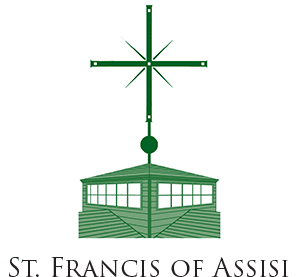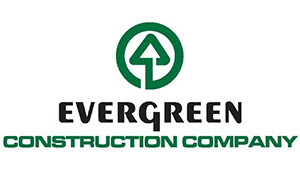Congress passed the final FY22 spending bill late last week, shortly before the deadline of midnight on Friday, March 11. Appropriators released the $1.5 trillion budget bill text overnight last Tuesday. It cleared the House on Wednesday and passed the Senate late Thursday night before heading to the president’s desk for signature this week. The budget’s passage ends a series of continuing resolutions (CR) that the government had been operating under since October. The CRs were put in place to fund the government at last year’s levels while lawmakers negotiated an agreement for the final spending package.
Housing received increased funding
Federal housing programs through the Department of Housing and Urban Development (HUD) received an increase of $4 billion compared to last year, for a total allocation of $53.7 billion. While it is the largest increase for housing programs in recent years, the funding levels are less than what was initially proposed by the White House, House and Senate in earlier stages of the budget process.
Allocations to highlight include Tenant Based Rental Assistance, which received $27.37 billion for the Housing Choice Voucher program– an increase of $1.6 billion over last year. This bucket includes $200 million in new funds allocated to expand rental assistance vouchers to an additional 25,000 households.
Additionally, the Community Development Block Grant (CDBG) received $4.84 billion, which is an increase of $1.37 billion over FY21 and The HOME Investment Partnerships program (HOME) received $1.5 billion, which is an increase of $150 million.
NLIHC compiled a detailed budget chart that reflects housing program funding levels compared to last year and initial FY22 proposals.
Housing investments proposed in Build Back Better still needed
The FY22 HUD increases provide essential investments for housing, but the funding still falls short of what’s needed to address the growing affordability gap. Additional investments and housing provisions are critical to meeting the demand for affordable homes and ensuring access for everyone. Although the Build Back Better Act is no longer in play, the housing investments that were included in the legislation must be retained at their highest levels in any future package, including provisions for LIHTC and Neighborhood Homes.
COVID-19 relief removed from spending package
In addition to the twelve annual spending bills that were pulled together in the omnibus, lawmakers tacked on assistance for Ukraine and additional COVID-19 relief funding as part of the bill text. However, the COVID-19 relief was pulled by the House due to disagreements over how to pay for it. Members of Congress will need to pursue standalone legislation to move another round of COVID-19 relief forward.
LIHTC fix for Treasury guidance not included
Because COVID-19 relief was pulled from the omnibus bill at the last minute, the fix that was expected for State and Local Fiscal Recovery Funds (SLFRF) and LIHTC was not included.
As a recap, SLFRF were allocated through the American Rescue Plan Act to be a flexible source of funds for states to use towards economic recovery from the pandemic. More than a dozen states, including North Carolina, allocated a portion of these funds to provide gap financing for Low Income Housing Tax Credit (LIHTC) projects.
However, the U.S. Treasury issued guidance in January that included a requirement for all funds to be expended by December 31, 2026. This requirement presented a barrier to deploying the funds for LIHTC, because it makes loans with maturities after 2026 infeasible.
Language remedying this issue was proposed and initially included in the COVID-19 section of the budget bill, but was removed when the relief funding was pulled.
Standalone legislative fix introduced by NC Members of Congress
NC Representatives Alma Adams and David Rouzer are co-leading an effort to introduce standalone legislation aimed at correcting the barrier to using SLFRF for LIHTC projects. The bill will remove statutory barriers preventing states, counties, and cities from using SLFRF dollars to support LIHTC developments that are under construction. A bill number has not been assigned yet, but the legislation is titled, LIHTC Financing Enabling Long-term Investment in Neighborhood Excellence Act, or the ‘‘LIFELINE Act’’.
Reps. Adams and Rouzer are currently seeking co-sponsors for the legislation, particularly Republicans in the House. There is also a need for a Republican Senator to sponsor the companion bill in the Senate.
Technical correction passed by NCGA
On the state side, the NC General Assembly passed a bill at the end of session last week that included technical changes on the state budget, as well as other recent legislation. The bill includes a provision that clarifies the use of federal State and Local Fiscal Recovery Funds for the Workforce Housing Loan Program (which funds LIHTC projects).The correction allows the funds to be issued in accordance with Treasury guidance, including for use as grants instead of solely as loans. This provides a layer of flexibility in response to the Treasury rule that limited the way State and Local Fiscal Recovery Funds could be used for LIHTC. The federal fix is still needed, but this correction at the state level enables the funds to be utilized as soon as a Congress passes one with no further state action needed.








